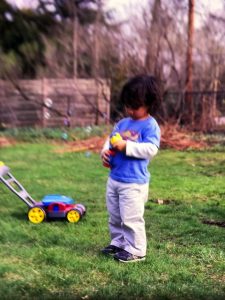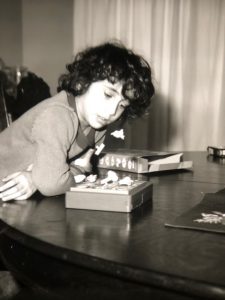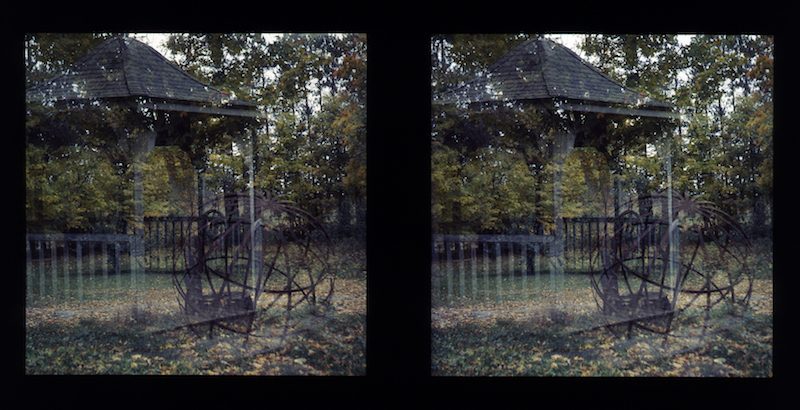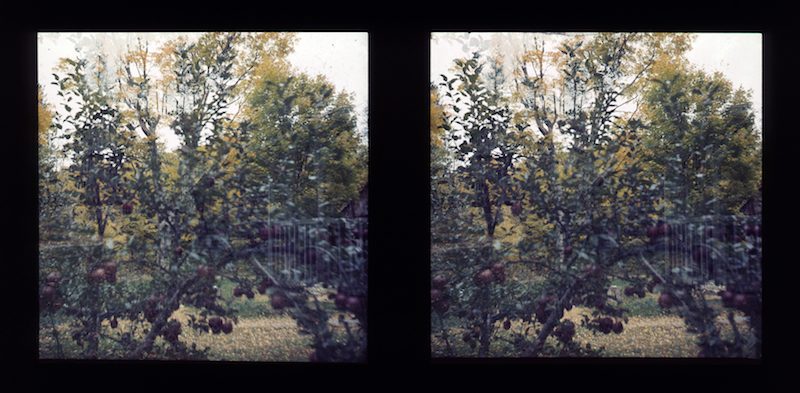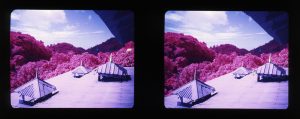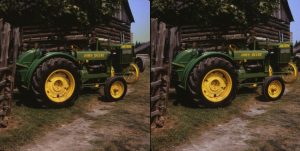Patrick Dougherty came to Charlottesville a couple of years ago, and I undertook to document his work. If you google his name, you’ll soon find lots of background information that I need not repeat here. Patrick was in town for about a month, commissioned by UVA Arts to make a stick sculpture in the (then brand new) Arts commons, right next to Ruffin Hall (which some of you know as one of my “clear buildings”).
Before his arrival, a crew of local volunteers will have assembled. In his first week, Patrick gets to know his volunteers in the work to gather his sticks. Patrick’s raw material is young saplings. He’ll correspond with people in the area, to find “doomed” saplings – i.e. saplings in wooded areas that are about to be clear cut. So he tries not to harvest saplings that would otherwise grow into mature trees.
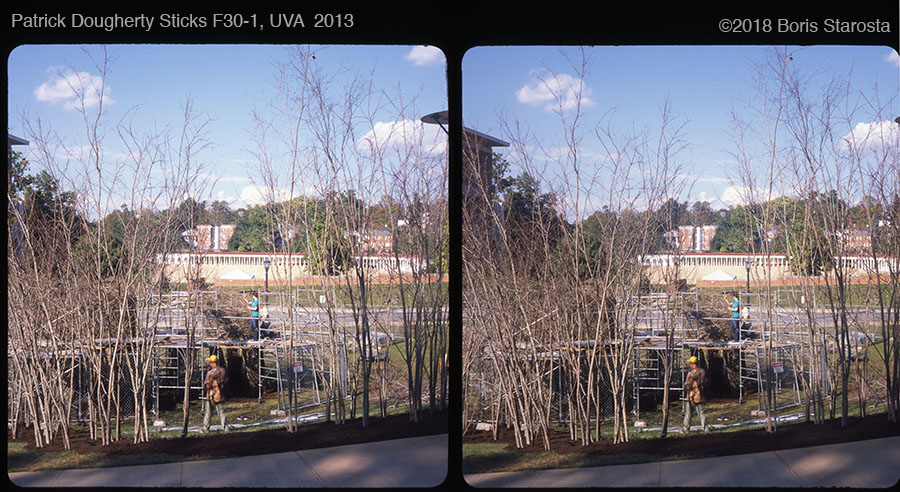
After a week of gathering saplings with his volunteers, the work on the sculpture begins. The first slide shows some of the initial work: saplings have been stuck straight into the ground, pressed into ground some four or five feet if possible. Each sculptural structure will be anchored by a few very large and strong saplings. These will be placed into boreholes that were drilled first. At this point, volunteers keep busy preparing the saplings for integration into the sculpture – which mainly involves removing all the leaves. Throughout the work, more and more saplings are trucked in from whereever they had been cut.
Once the installation’s initial layout is secured with these larger saplings, then the work can proceed with smaller saplings and “sticks.” My (uneducated) impression is that the sculptures are more or less woven into place. It is weaving with sticks. Dougherty uses no fasteners of any kind. No nails, screws, twine, rope, zip-ties, nothing of the kind! Only the sticks. The work proceeds for about two more weeks, at which point the sculpture will be mostly complete.

His structures thus fashioned can get quite large. Although the one he built at UVA was nowhere more than about ten feet tall, others I’ve seen depicted online can be multiple stories tall. They are also very strong. Dougherty typically specifies that his installations should be taken down after a year to 18 months. But for some reason, this one at UVA was left in place for over three years! (UVA wanted to get its money’s worth, and I bet Dougherty had to remind the university to take it down). Surprisingly, even at three years old, the sculpture didn’t look all that bad – it got a little shop worn around the edges, and some of the structures had started to sag a bit. (I should have photographed it at the end of its life, but I failed to do so).
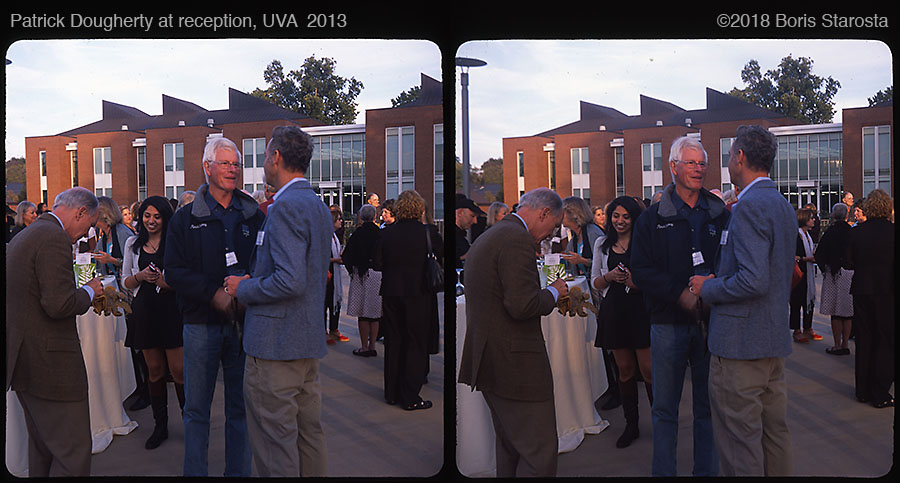
In the fourth week of his visit, Patrick tidies up loose ends and gets ready for his next project. I include a slide taken at a farewell reception, of Patrick talking with one of the UVA big wigs who funded the project; and a slide showing the finished project with all (or most) of the volunteers standing with Patrick for a portrait (that last slide was helpfully exposed by my beloved Michele). Patrick makes about ten sculptures per year in this fashion: one per month, anywhere in the world. Then he takes off two months to be at home with his family.
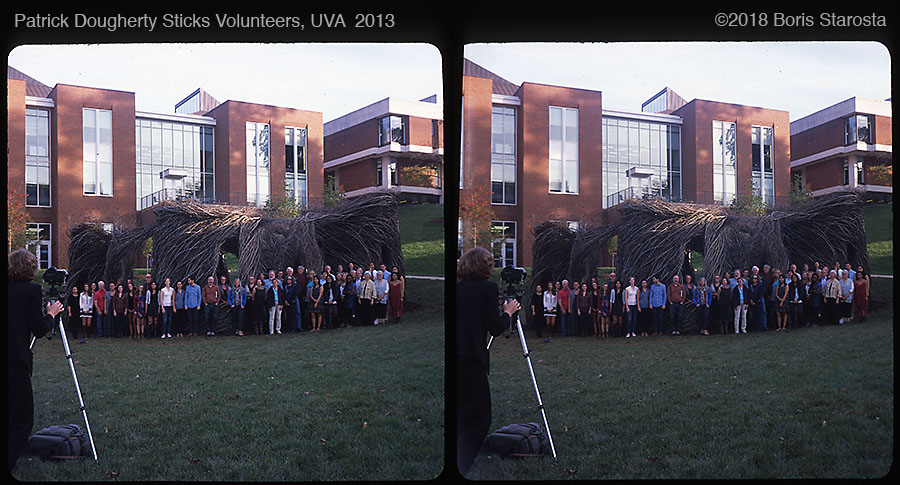
PS
I did undertake a 3d timelapse of the birth and subsequent aging of the sculpture: I shot two stereo pairs per day for about four months. After an initial review of the imagery, I decided that it was not looking very “good” (constantly and rapidly shifting light was very distracting in the video), so I didn’t do anything more with it. But you can see some of the beginnings of aging, if you look closely:
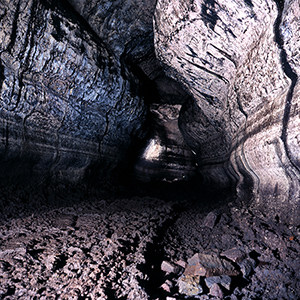
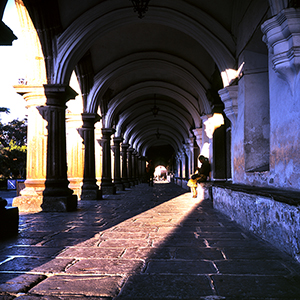
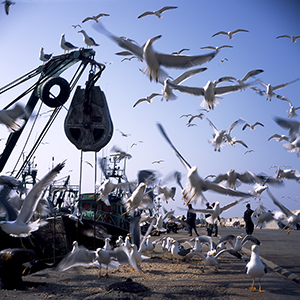

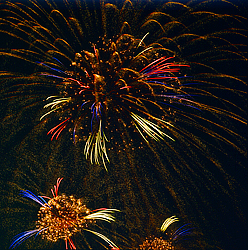

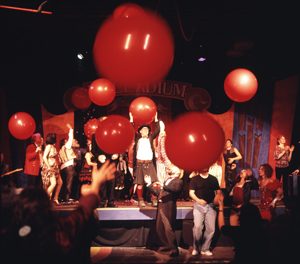 Seattle’s Moisture Festival has grown to be the largest comedy/variety festival in the world. (Perhaps if they had known that when they started, fifteen years ago, they would have given it a different name.) It grew out of a collaboration of performers on the left coast vaudeville circuit and other performers from around the states and around the world. One of the inspirations for the festival was a cabaret run by the great German clown, Hacki Ginda.
Seattle’s Moisture Festival has grown to be the largest comedy/variety festival in the world. (Perhaps if they had known that when they started, fifteen years ago, they would have given it a different name.) It grew out of a collaboration of performers on the left coast vaudeville circuit and other performers from around the states and around the world. One of the inspirations for the festival was a cabaret run by the great German clown, Hacki Ginda. This was from the first year I successfully shot hyper firewords bursts from my twin-rig setup. I only got a couple of shots that year, but the results were good enough to keep me trying. I used a formula I got from Don Lopp to calculate the stereo base, and I came up with 22 feet. After Don looked at the shots he said, “You know, since you don’t have anything *behind* the fireworks you could double the base. Ive been shooting with a 40 foot base ever since. Shot with twin Hasselblads fitted with 150mm lenses.
This was from the first year I successfully shot hyper firewords bursts from my twin-rig setup. I only got a couple of shots that year, but the results were good enough to keep me trying. I used a formula I got from Don Lopp to calculate the stereo base, and I came up with 22 feet. After Don looked at the shots he said, “You know, since you don’t have anything *behind* the fireworks you could double the base. Ive been shooting with a 40 foot base ever since. Shot with twin Hasselblads fitted with 150mm lenses.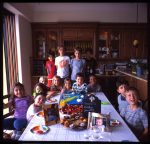
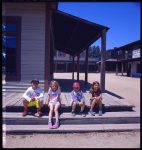 Kevin 10, Valentine 7, Vincent 6, and Emilie 8 These are my 4 kids at one of our favorite places to hike, explore, watch silent movies under the stars, and dream of being in a cowboy western movie. Some overlapping of images here as I manually wind the TL120 camera. I cropped this out.
Kevin 10, Valentine 7, Vincent 6, and Emilie 8 These are my 4 kids at one of our favorite places to hike, explore, watch silent movies under the stars, and dream of being in a cowboy western movie. Some overlapping of images here as I manually wind the TL120 camera. I cropped this out.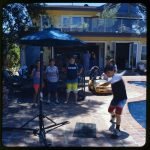 Every team has one, an MVP, only Hunter was also the 10 year old’s league MVP. 7 of his teammates scattered across this photo with 3 of them looking on (the one in the middle is my son Kevin). Hunter has a sweet baseball swing. He never strikes out and hits 3rd in the lineup of our championship team. You can see the intensity and focus in his eyes with his level perfect bat meets the ball swing.
Every team has one, an MVP, only Hunter was also the 10 year old’s league MVP. 7 of his teammates scattered across this photo with 3 of them looking on (the one in the middle is my son Kevin). Hunter has a sweet baseball swing. He never strikes out and hits 3rd in the lineup of our championship team. You can see the intensity and focus in his eyes with his level perfect bat meets the ball swing.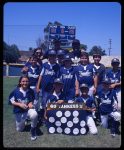 The Encino Little League Minors 2018 Championship was won by the Yankees. A year these kids will never forget as they went wire to wire 1st place and undefeated in the playoffs to capture the championship trophy.
The Encino Little League Minors 2018 Championship was won by the Yankees. A year these kids will never forget as they went wire to wire 1st place and undefeated in the playoffs to capture the championship trophy.
